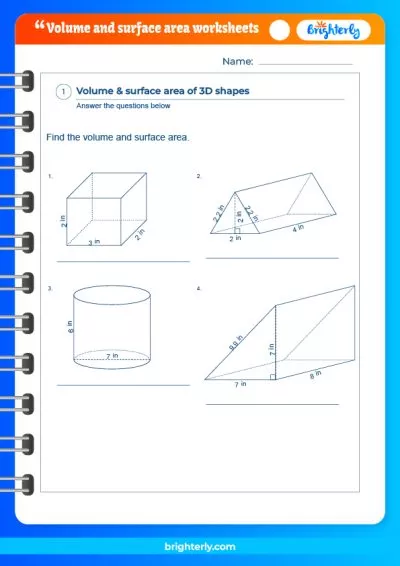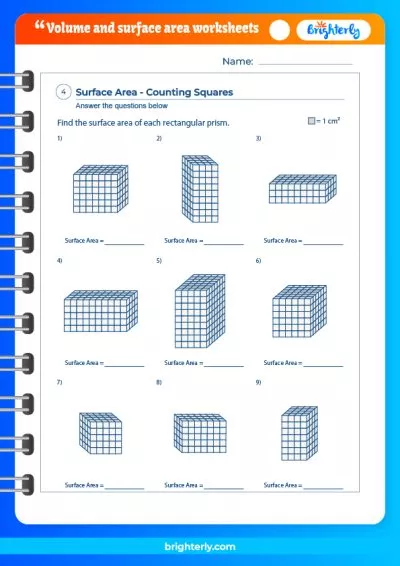Volume of Hemisphere – Formula, Definition With Examples
Updated on January 27, 2025
Welcome to Brighterly, where we make math for kids not just a subject, but an adventure in learning. A hemisphere is a fundamental geometric shape, representing half of a perfectly round sphere. In our online math for kids common core curriculum, we delve into measuring the volume of a hemisphere. This concept is crucial, as it lays the foundation for understanding three-dimensional shapes. It’s essential in our math tutor for kids approach to not just teach mathematics, but to make it tangible and relatable for our young learners. Understanding the volume of a hemisphere helps in developing spatial awareness and analytical skills, which are pivotal in the comprehensive learning journey we offer at Brighterly.
What Is the Volume of a Hemisphere?
Definition of Hemisphere
A hemisphere, as introduced in our math for kids program, is one half of a sphere. It resembles shapes that children see in everyday life, like domes or bowls. This familiarity aids in grasping complex concepts, making our math tutor for kids sessions more effective.
Definition of Volume
Volume, a key concept in math for kids, is the measure of how much space an object occupies. For a hemisphere, it’s about understanding the space inside its curved surface. We emphasize this in our online math for kids courses, using examples and interactive tools to make the learning process both fun and educational.
Volume of a Hemisphere Formula
A critical component in our math tutor for kids program is the formula for calculating the volume of a hemisphere. The formula is an excellent example of applied mathematics. It is given by:
This equation uses for radius and , approximately 3.14159. It’s a formula that we explore through various activities and examples in our curriculum.
Derivation of the Formula
The formula for calculating the volume of a hemisphere is an essential tool in math for kids. It is written as:
Here, is the radius, and is approximately 3.14159.
How to Calculate the Volume of a Hemisphere?
In Brighterly’s math for kids, we break down the calculation into simple, manageable steps:
- Find the radius of the hemisphere.
- Apply the volume of a hemisphere formula.
- Insert the radius value and compute.
Examples of Calculating the Volume of a Hemisphere
We emphasize practical application in our math tutor for kids program. Here are two examples:
-
Example 1: A hemisphere with a 4 cm radius. Volume=≈268.08 cm
-
Example 2: A hemisphere with a 10 cm radius. Volume=≈2094.40 cm
Practice Questions on Volume of Hemisphere
These practice questions are part of our Brighterly worksheets for kids, designed to reinforce and challenge understanding:
- Calculate the volume of a hemisphere with a radius of 6 cm.
- Determine the volume of a hemisphere with a radius of 12 cm.
FAQs on Volume of Hemisphere
Can a hemisphere’s volume be greater than that of a sphere?
No, the volume of a hemisphere is always half that of a sphere with the same radius.
Why are cubic units used for volume?
Volume measures the space in three dimensions – length, width, and height, which is why cubic units are used.
How can Brighterly help kids understand the concept of volume better?
Brighterly offers interactive lessons and practical exercises in its math for kids program. By using visual aids, real-world examples, and engaging activities, children can grasp the concept of volume in a fun and effective way.
Is understanding the volume of a hemisphere important in everyday life?
Yes, understanding the volume of a hemisphere has practical applications, like in architectural designs, calculating liquid storage, and even in sports equipment design.
Are there any other formulas related to hemispheres that are important?
Yes, besides the volume formula, the surface area formula for a hemisphere is also crucial. It helps in understanding the complete geometry of the shape.
How does Brighterly’s approach differ from traditional math teaching methods?
Brighterly uses a child-centered approach, incorporating interactive tools and personalized learning paths. This makes learning math more engaging and tailored to each child’s learning style and pace.






